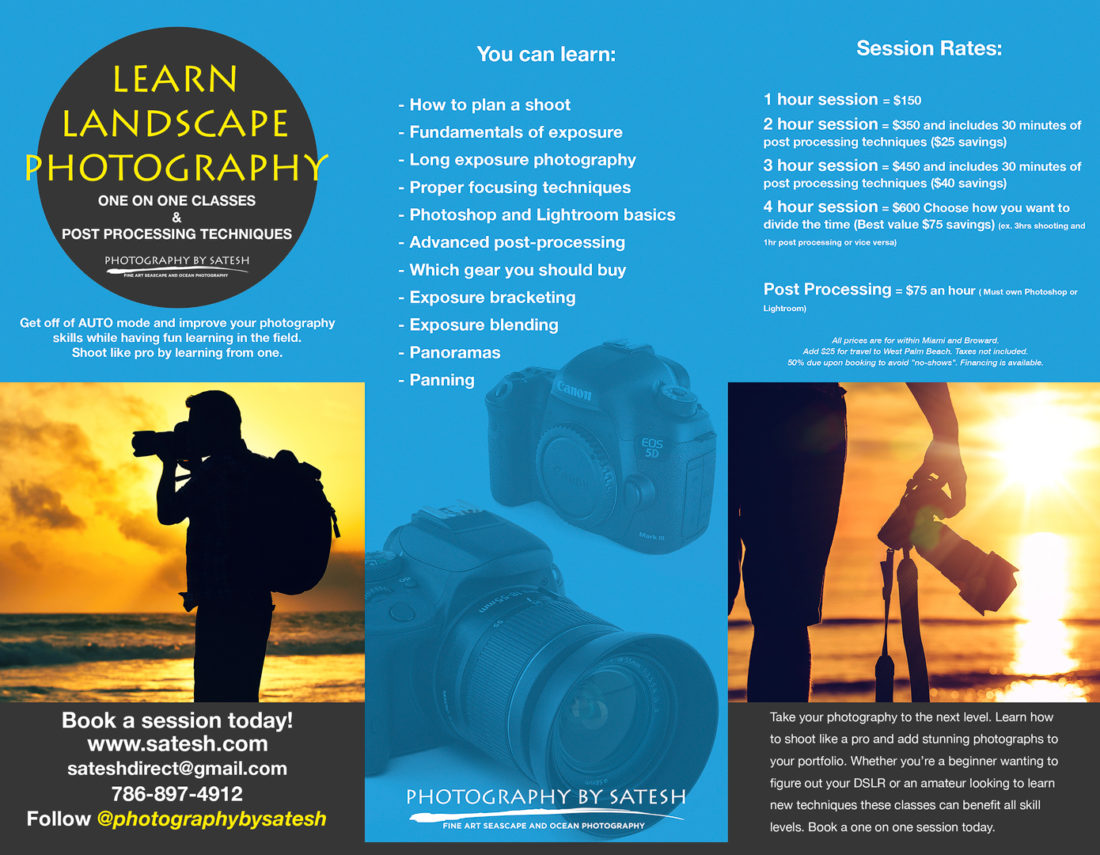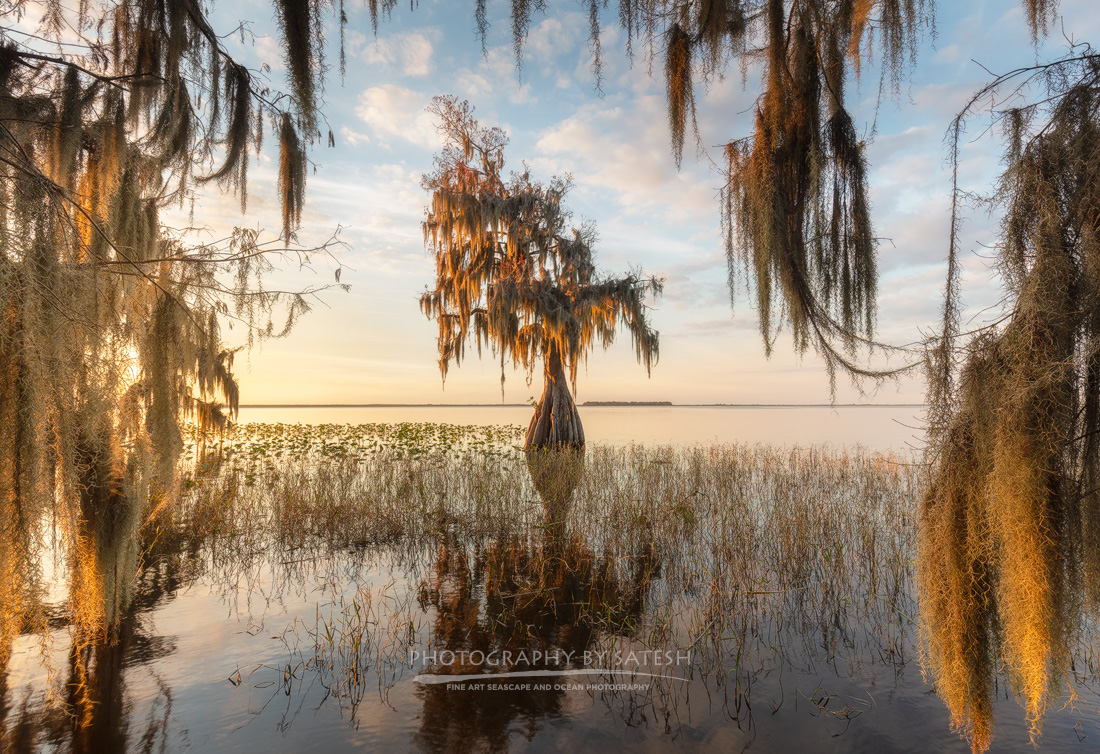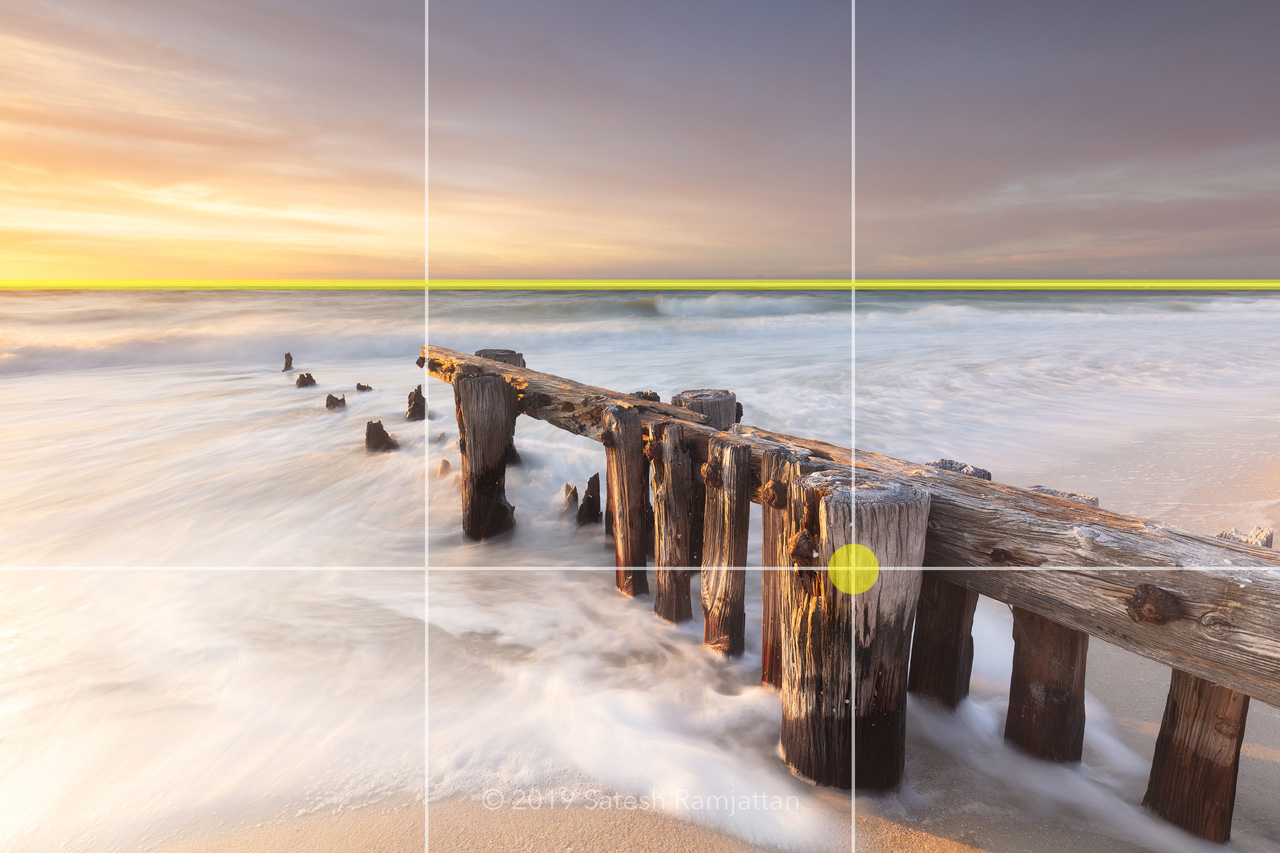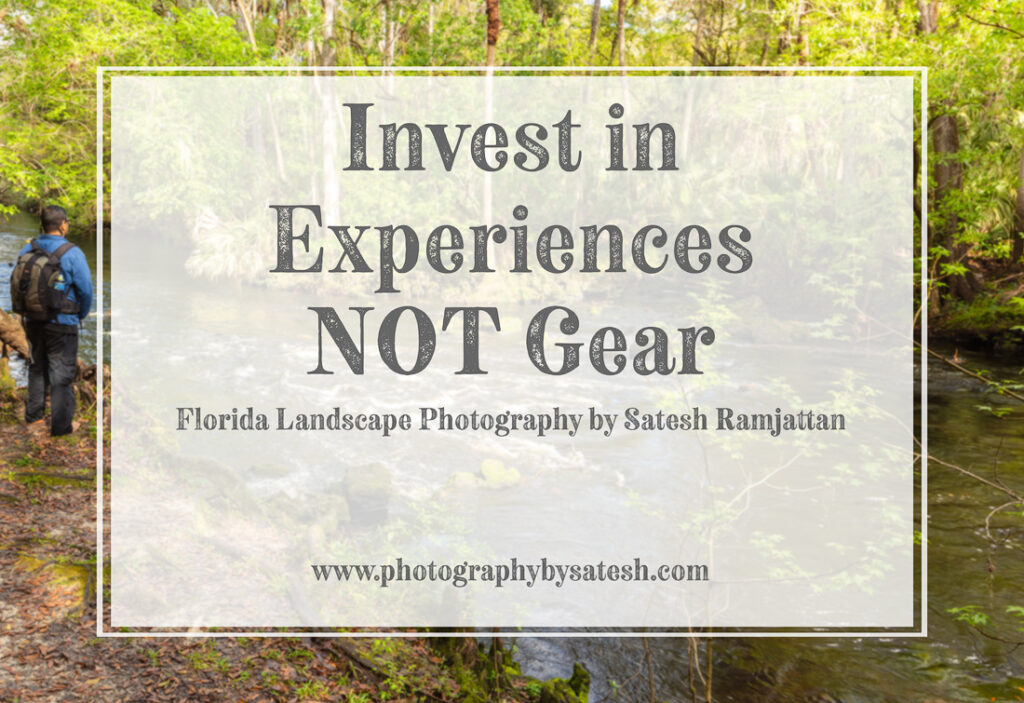I recently came across a post on Facebook where the person was asking whether or not he should participate in a photography workshop or buy a new piece of gear instead. At first, I was hesitant to comment, but I felt I needed to share my two cents. I simply wrote, “Invest in experiences not gear. That new lens or camera body won’t improve your photography.”
Buying new gear is without a doubt fun. We go through the process of researching and reading reviews about this new revolutionary camera body that everyone MUST have. Then we finally pull the trigger and hit that “complete purchase” button. Sometimes we have a bit of buyers remorse, but that quickly disappears as we imagine how much better our photos will be once we get that new piece of gear.
The truth of the matter is that new gear will NOT improve your photography. Yes, the image quality may improve with more megapixels. And yes, going from a crop sensor to a full frame has its benefits. But unless you are going from a point-and-shoot up to a DSLR, there won’t be much change. The only thing that will improve your photography is experience.
If you really want to take your landscape photography to the next level, you have to learn a few things. First, learn how to use your current camera. Second, learn about the weather and use it to your advantage. Third, learn about light and composition. And lastly, learn how to see and tell a story with your photo. Once you’ve learned these tools and practices, you’ll immediately see a world of difference in your photography without investing in new gear.
Learn to use your Current Camera
Learning to use your camera is easy, more so if you are tech savvy. But learning to use your camera goes beyond the manual and knowing which buttons to press. Get to know your camera inside and out. Know it’s strengths and weaknesses and how far you can push it. Experiment to see how far you can expose to the right before losing detail. If you don’t know what exposing to the right or ETTR is then look it up. Or better yet, book a one-on-one workshop with me. Sorry not sorry for the plug, but it leads to the next topic.
Attend Workshops
A Photography Workshop is a great way to learn photography and gain new experiences. Some photography books can be overly technical and overwhelming. Videos are more useful, but what if you have a question? So instead of struggling alone with a book, you can sign up for a landscape photography workshop and be guided by an experienced photographer teaching you theory and technique in the field. The best part is if you have questions or get stuck, you can get immediate help and feedback. But, besides learning photographic techniques, you can pick up tons of useful knowledge about weather and nature. The type of knowledge that can’t be learned from reading a book because it can only be learned from your senses and experiences.

Learn about Weather and Nature
Understanding the weather is an important factor in landscape photography. By knowing the forecast, you can prepare for those conditions. But again, go beyond just listening to the local meteorologist. Learn to read weather reports and study conditions in the field. One of the best things I’ve learned from weather reports is how to predict fog. During the winter months here in Florida, we get dense fog in some areas, and now I know that if that location’s temperature and dew point match, there will be fog.

Another example is feeling the wind and knowing the direction it’s blowing in. This can help you compose a better long exposure shot. Or, it might make you decide not to do a long exposure because the wind will cause too much motion blur in the leaves. Or, maybe you can do exposure blending to combine a long exposure with a short one. My point is that having this knowledge about weather combined with the photographic techniques learned in a workshop will help your vision come to life. You’ll be able to adapt to any weather condition Mother Nature throws your way.

Improve your Composition
Since you’ve taken the time to learn your camera inside out you, this leaves you with more time to work on your composition. If you haven’t read my post on using the rule of thirds to improve your composition, you can do so here. New gear will NOT help you see better. At the end of the day, the way you compose a photo will be entirely up to how you see the scene. Remember, the gear you have are just tools. Use them to tell the world how you saw light interact with the landscape. It’s great to study how other artists have composed their shots. Learn why they composed that way. Don’t just point and click. Take time to figure out what in the scene made you stop to take a photograph. When you do so, you give your photo purpose, and it tells your story.

The Most Important Practice
So now that you know some practices and tools that will help improve your photography, there is one more practice that is probably the most important. And it is patience. It applies to all the other principles and tools. Be patient with yourself as you learn to use your current gear. Be patient in your photography workshop. Be patient with the weather because a gray sky can explode with color. And, be patient while composing your shot because you will tell a better story.
My final bit of advice is to also invest in travel before gear. You don’t have to travel to foreign countries. Stay within your state and book a hotel or campground a few hours away. This gives you the opportunity to photograph something new. This will create excitement and be fun. More fun than paying the credit card bill for that new piece of gear.
Did you enjoy this tutorial ? If so, take a moment to subscribe and you will be immediately notified whenever a new post is published. Also, check out my other tutorials like 10 Quick Tips to Improve your Seascape Photography.
